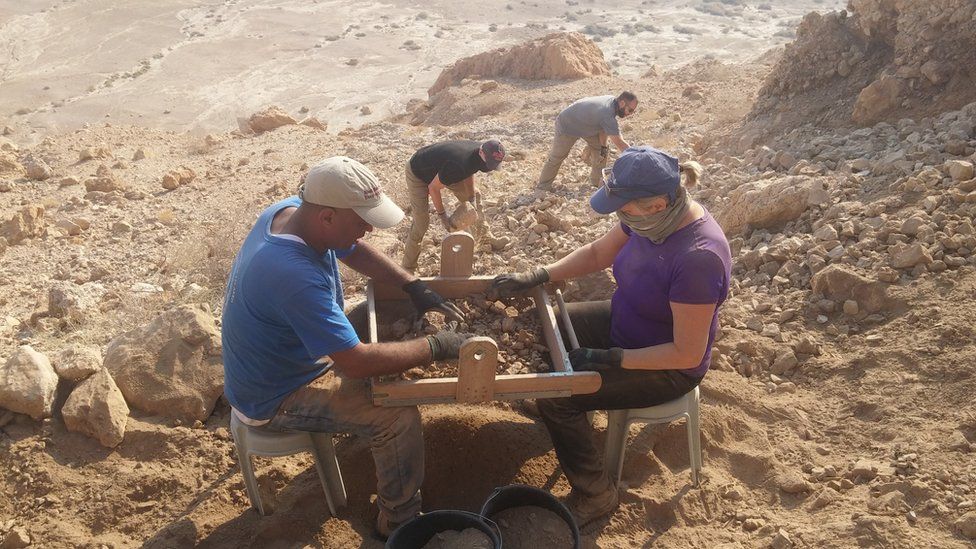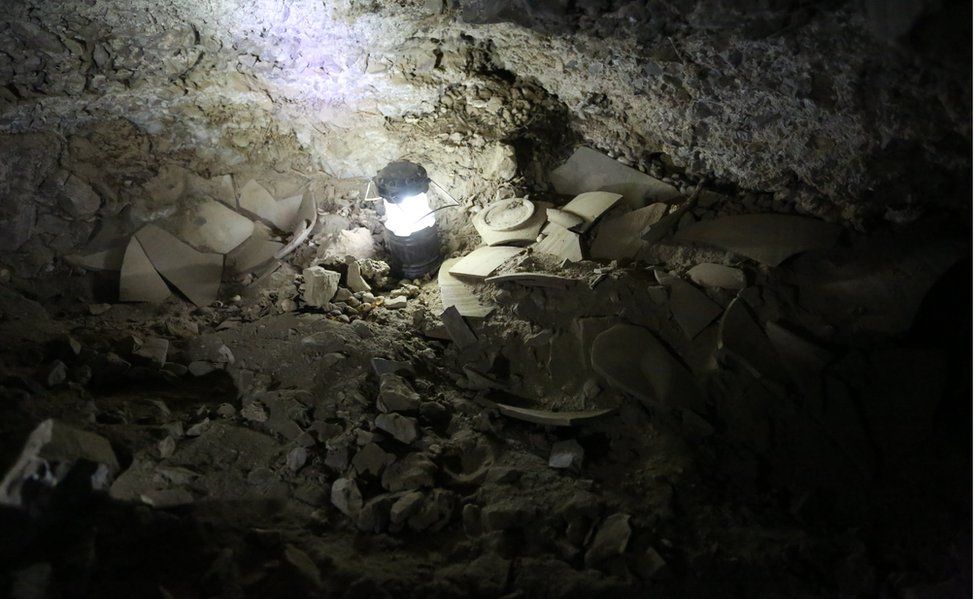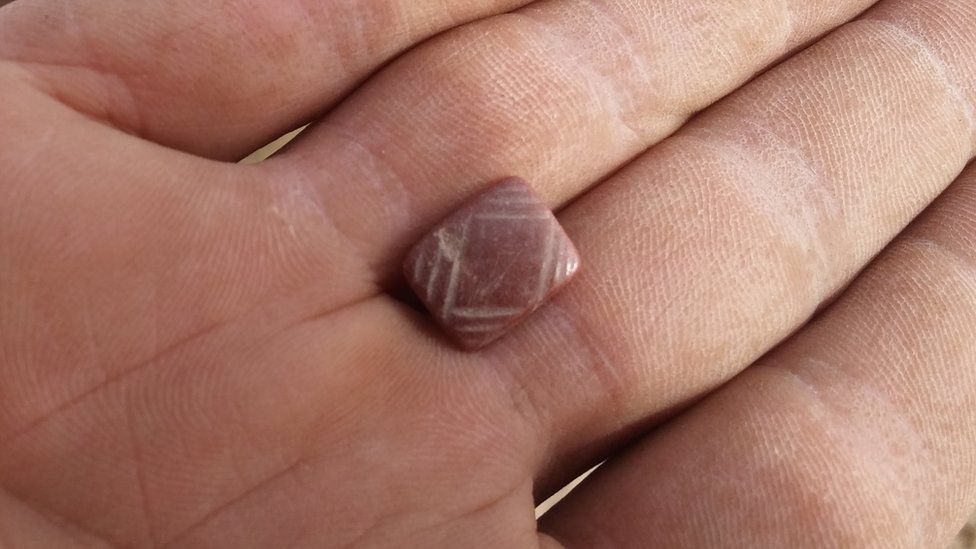NightTrain
VIP Member
CBS-TVs award winning program 60 Minutes has announced that new Dead Sea Scrolls have been discovered and will be read on its next broadcast, featuring anchorperson Dan Rather who was handed the documents by an unknown hairdresser. The photocopied scrolls alledgedly confirm the long-held thesis of senior editors of the New York Times that even if there is a God he let us make ourselves. An unnamed source suffering from post-traumatic stress syndrome related to an abusive physical examination conducted by extra-terrestrial beings on the west side of Manhattan, confirms that these newly discovered scrolls prove that the Holy Land never actually existed as the Bible claims, and that it in fact was a small village in modern African-American Ethiopia enlarged through the use of reflecting mirrors. Jesus Christ, whom CBS-TV editors describe as the "well-known Messiah", may in fact have lived in modern Texas and never migrated to the Middle East.
Some graphologists have raised questions about the veracity of the first century A.D. scrolls. They point out that they are typed with modern computer software which was not commonly available in first century Galilee, and that they do not employ the jots and tittles common to ancient manuscripts. Dan Rather issued a statement through his temporary hairdresser saying that he is absolutely convinced that the scrolls are genuine and that the evidence that Jesus stayed in Texas and used the Harvard MBA program as an excuse not to get crucified in Jerusalem and rise from the dead is news "so hot" that the American people need to hear it now and make their own decisions.
Some graphologists have raised questions about the veracity of the first century A.D. scrolls. They point out that they are typed with modern computer software which was not commonly available in first century Galilee, and that they do not employ the jots and tittles common to ancient manuscripts. Dan Rather issued a statement through his temporary hairdresser saying that he is absolutely convinced that the scrolls are genuine and that the evidence that Jesus stayed in Texas and used the Harvard MBA program as an excuse not to get crucified in Jerusalem and rise from the dead is news "so hot" that the American people need to hear it now and make their own decisions.




